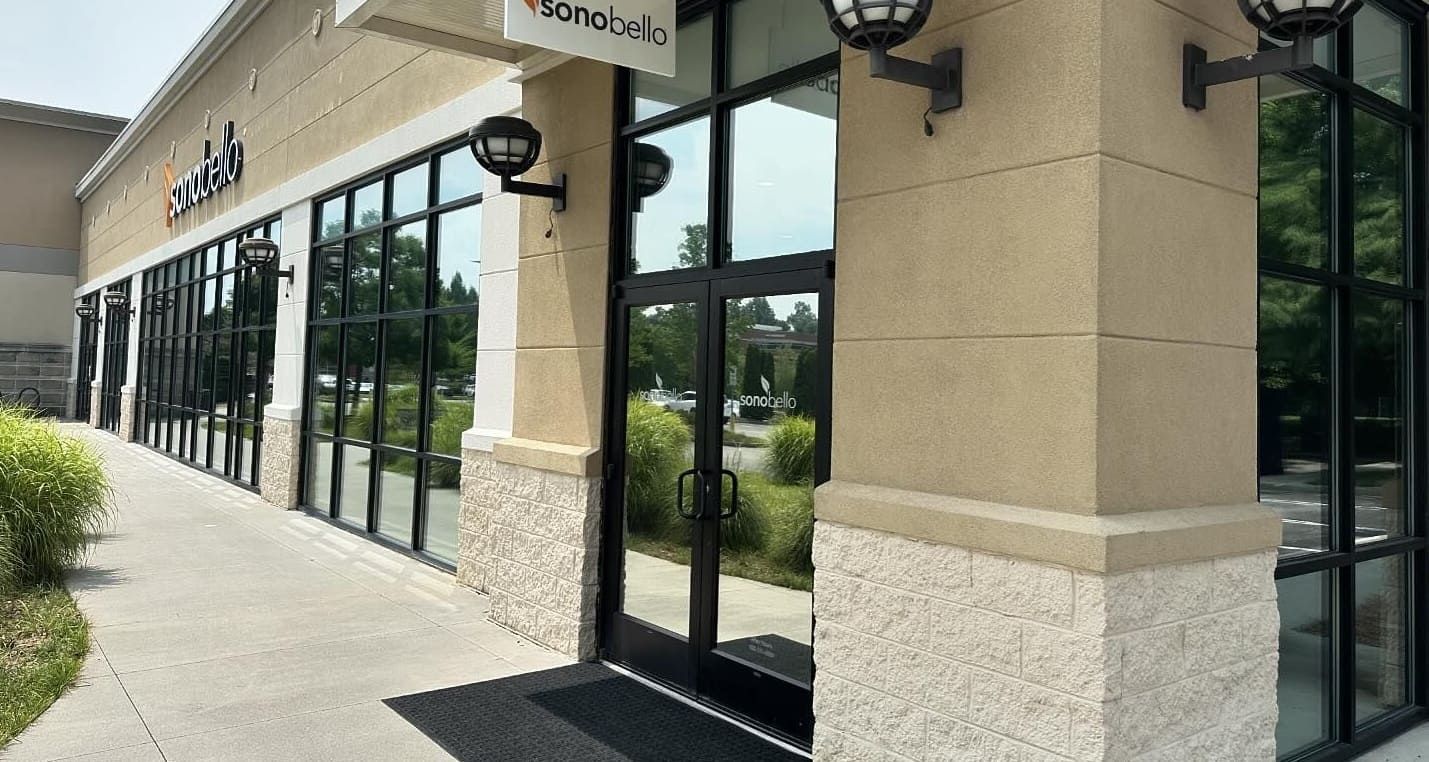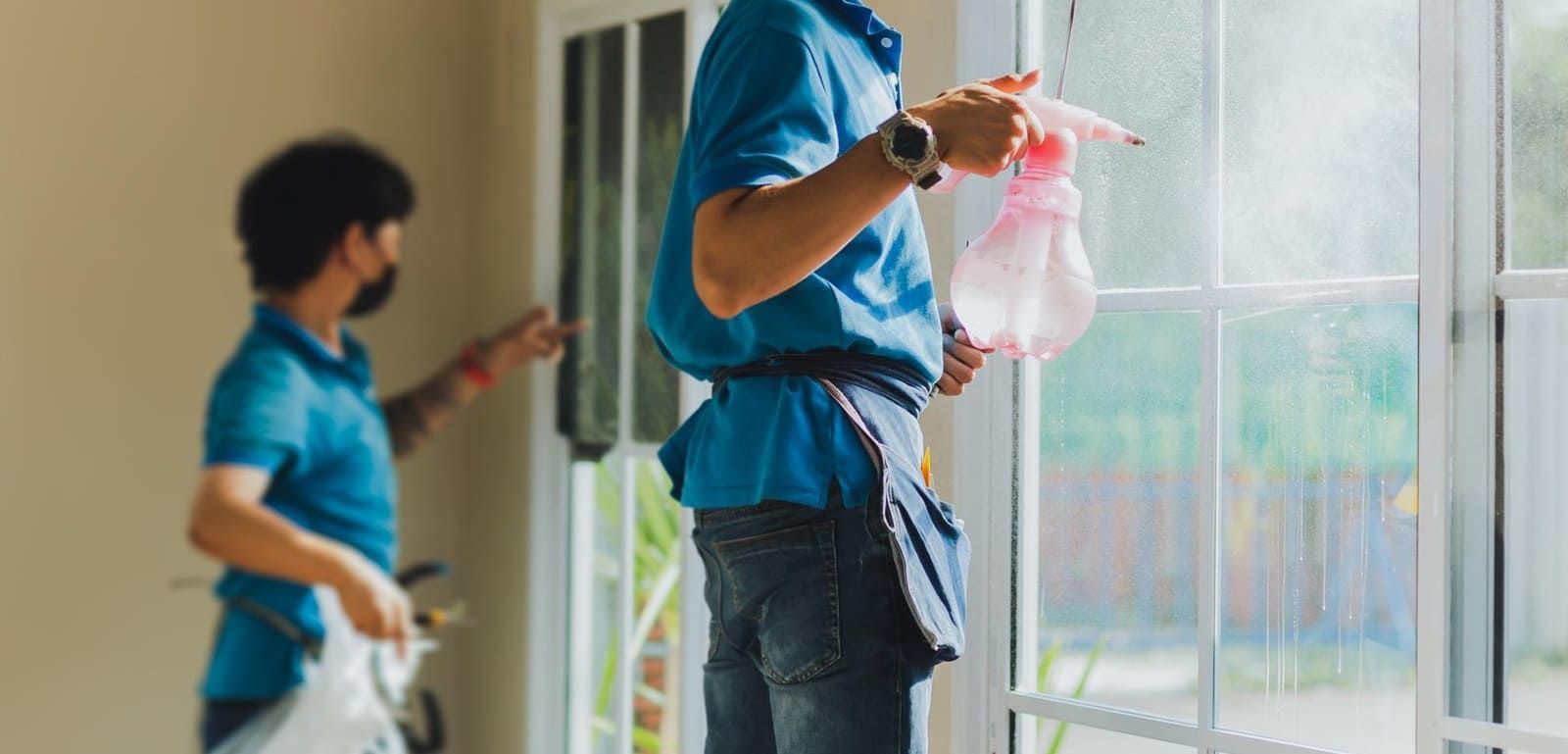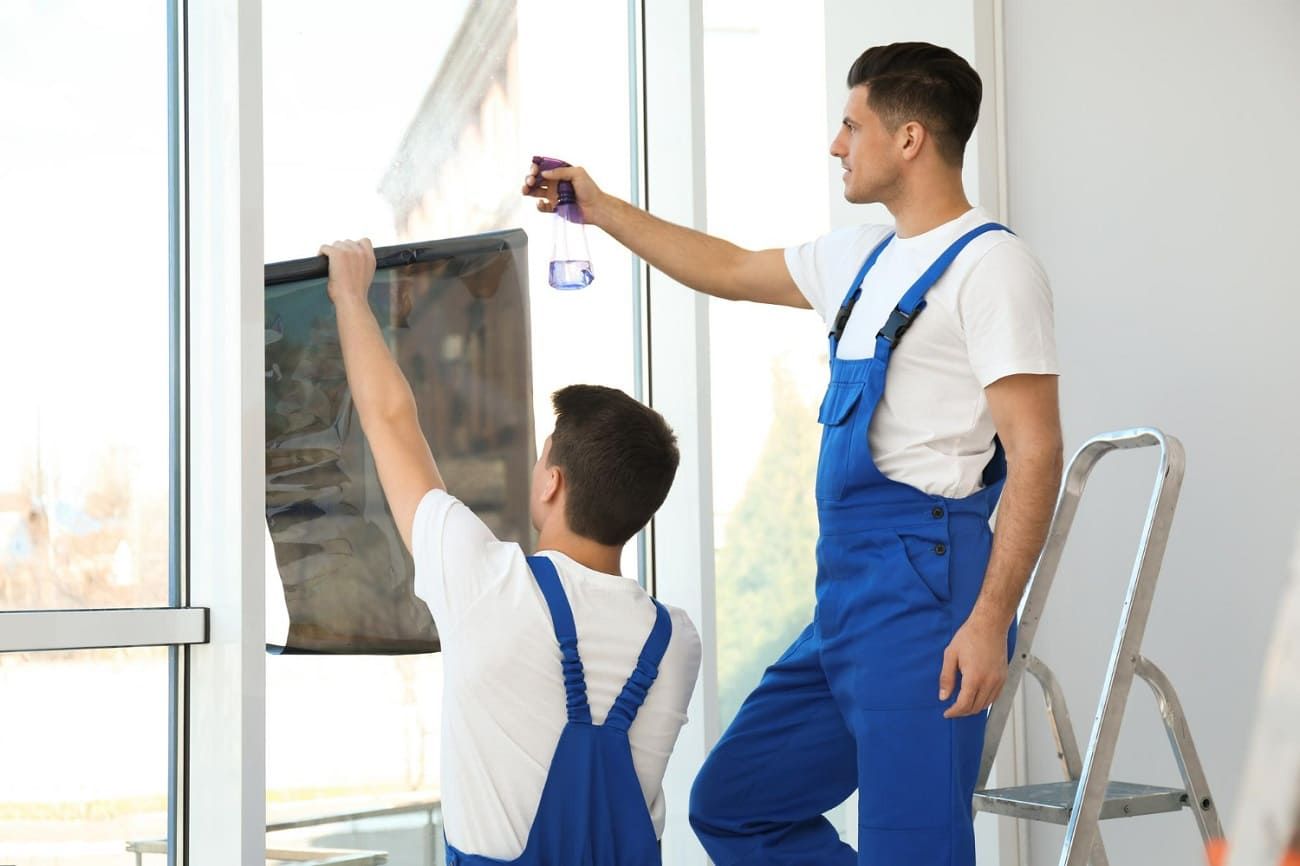How Can You Clean Tinted House Windows?
When it comes to cleaning tinted house windows, there are a couple things you should remember. Check out this guide for our best tips.
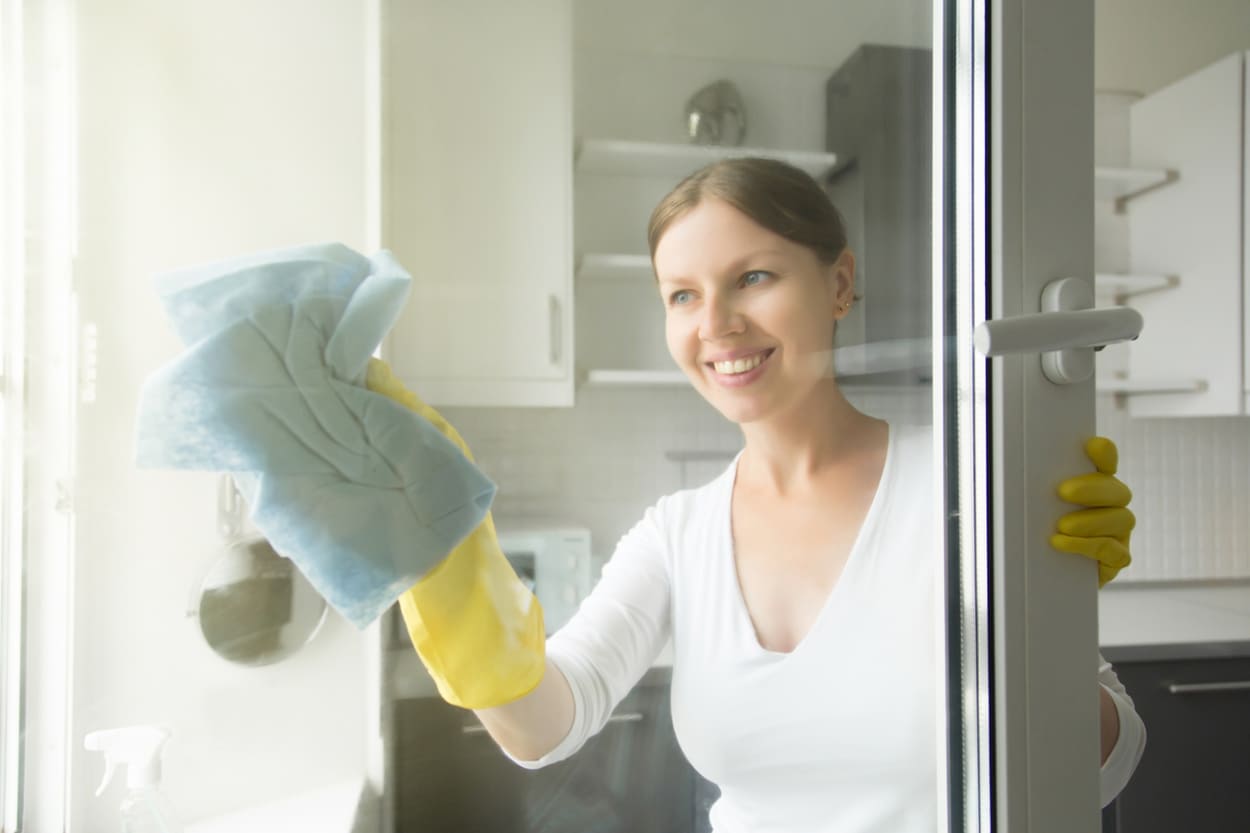
There's a reason many homeowners choose to add tints to their windows. Window tinting can block UV rays from entering your house, making the building more energy-efficient and reducing energy bills. Tinted windows can also enhance your privacy.
However, tinted house windows also come with their share of problems. In particular, many homeowners don't realize that they can be challenging to clean. Tinted home windows require more care and caution than regular windows.
Fortunately, you don't have to navigate this challenge alone. We'll walk you through how to clean tinted home windows in this guide! Let's get started right away.
Cautions For Cleaning Tinted House Windows
There are several window cleaning tools that homeowners often take for granted. Some of these include:
- sharp-blade squeegees
- paper towels
- newspapers
Each of these products can get the job done when wiping regular windows. However, tinted windows are more vulnerable than their standard counterparts. Abrasive materials like these can leave scratches on the tinted glass.
Over time, these scratches can render the tinting ineffective at blocking UV light. It can also make your windows look unsightly.
These materials aren't the only ones that can threaten your tinted windows. Ammonia-based cleaning solutions can also take a toll on them.
Ammonia breaks down the adhesive layers of your window tint. This holds even if you have solar control film since both of these materials come from a polyester base. As you continue using ammonia products, these films will crack, fade, and disintegrate.
While these may seem like inconveniences, they can actually be helpful to homeowners. Ammonia is a chemical that can harm your health, in addition to your windows. This product can cause the following:
- coughing
- nose and throat irritation
- respiratory tract burning
Another problem with ammonia-based products is that they often leave streaks, even on standard windows. Because of this, homeowners often must wash their windows to achieve the shining effect they crave from their cleaning.
Can You Use Any Commercial Cleaners on Tinted Windows?
It's possible to use commercial cleaners on your windows. However, you'll have to look harder to find suitable cleaning products.
For example, you'll have to nix popular brands like Windex in most cases. These products include ammonia, making them harmful to your windows. Instead, you'll have to find ammonia-free alternatives.
Usually, these alternatives use fewer harsh chemicals, providing a milder clean for your windows. Organic compounds are often the best solutions for your tinted windows.
However, why spend money on mild cleaning solutions? It's often more budget-friendly to create your own cleaning solution out of materials in your home.
For example, cleaning windows with white vinegar solutions is often much safer than using ammonia-based products. Usually, you can create these solutions with the following materials:
- white vinegar (3 tablespoons)
- distilled water (2 cups)
- mild dishwashing liquids (1/2 teaspoon)
Once you create your solution, find the following tools in your home:
- microfiber cloths
- spray bottles
- rubber squeegee
- telescopic pole
- stepladder
Once you've assembled your tools, you can begin cleaning your home window tint safely and efficiently. We'll discuss the cleaning process in greater detail below.
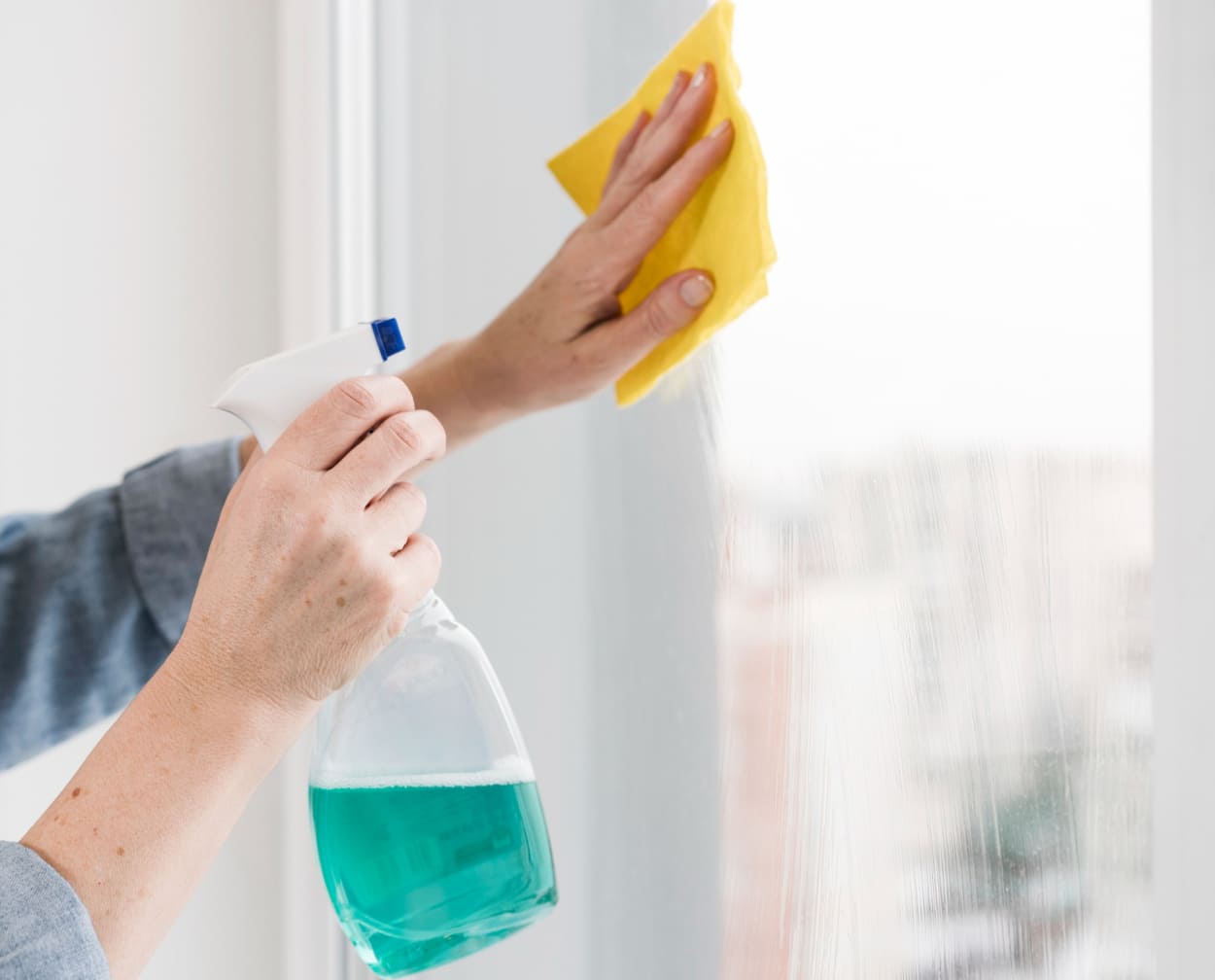
The Window Cleaning Process
First, prepare your solution. Fill your spray bottle with the solution we talked about in the previous section.
From there, spray the tinted glass on its surface. Then, use your microfiber cloth to wipe the window down. This step can loosen the dirt built up on the window.
Once you've sprayed and wiped the window, use your squeegee to wipe away the soapy water. It's best to move the tool vertically from top to bottom first. Then, wipe the window horizontally from one end to the other.
Remove any suds from the windowsill and frames using a dry, soft cloth. We recommend using a rag made from cotton or a similar material.
Next, rinse the window. Spray the window with clean, distilled water. Then, use the squeegee to get rid of any excess water.
Once you've wiped the water away, start drying the window. Once again, we recommend doing this with a dry, soft cloth.
Try not to leave any wet spots behind when you dry the window. Excess moisture could potentially damage your window tint.
When Can You Begin Cleaning Your Windows?
As it turns out, you can't clean your windows a week or two after you receive your window tint. Usually, your film takes 30 days to set completely. Even then, weather considerations could require you to wait longer.
For example, let's say you installed your window tint during a cool time of year with higher humidity levels. It could take several more days to set completely in such a climate.
In contrast, higher temperatures and lower humidity levels can help your window tint to settle faster. Consider asking your tint installers when they'd recommend cleaning.
However, homeowners should thoroughly clean their windows before receiving a window tint. Hopefully, this cleaning can last until your film settles into place.
Once your tint sets, remember to clean your windows at cooler times of the day. Tinted glass windows heat up during the day due to the heat they transfer. So, clean your windows during the morning or evening before they have time to heat up.
Get the Tinted Home Windows You Need
Cleaning tinted house windows require more care than other types of windows. However, following these tips can help keep your windows spotless while preserving their tint.
So, don't let cleanliness concerns stop you from getting a window tint. These can be an excellent investment for enhancing your privacy and lowering energy costs.
If you're not sure where to find your window tint, check out our services! EcoArc Home & Office Window Tinting offer window tinting for commercial and residential customers alike. Contact us today to receive a free estimate!
